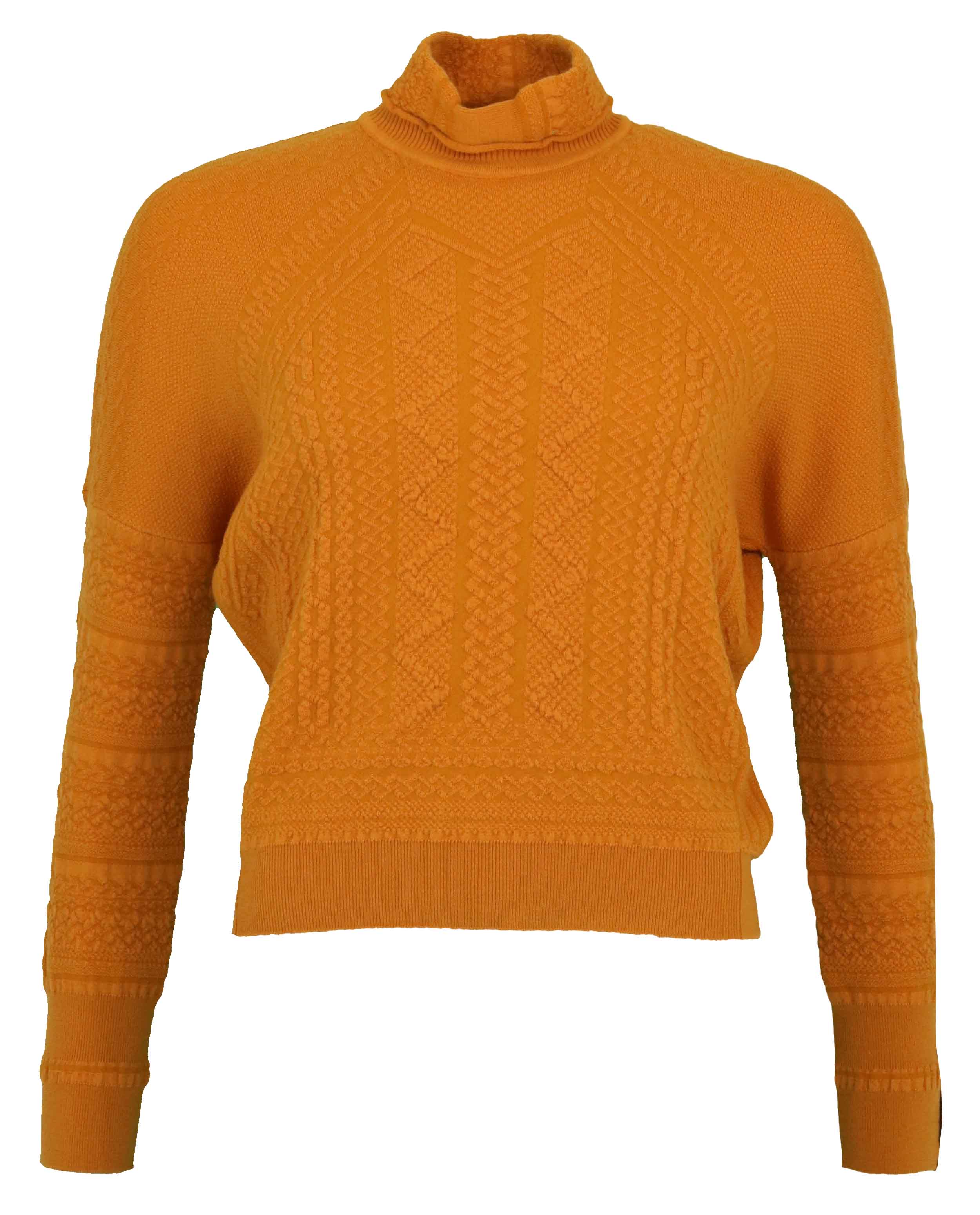


Rest: Limit participation in activities that cause pain in the hamstring until it heals.Typically, treatment includes the RICE method, which involves: According to the American Academy of Orthopaedic Surgeons, most people with a pulled hamstring heal with nonsurgical treatment. Treatment for a pulled hamstring depends on the severity of the strain. Healing time can be a few months and may require surgery. The injury interferes with activities such as walking. Symptoms may include significant swelling and severe pain. Grade 3: This grade of injury involves a complete tear of the muscle fibers.The injury may interfere with activities such as running. Grade 2: This grade of strain or pull involves a partial tear of the muscle fibers that results in moderate pain.Typically, an individual has mild symptoms and minimal limitations in their daily activities. Grade 1: This grade of strain involves microscopic tears in the muscle fibers.To classify the severity of the strain, there are three grades of pulled hamstrings, which include: A person may also notice swelling and noticeable bruising, and the area may be tender to the touch. Typically, a person may notice sudden, severe pain in addition to a popping or snapping sound.

The symptoms of a pulled hamstring may depend on the extent or severity of the injury. Hamstring injuries peak between 16–25 years of age. Pulled hamstrings also often occur in teens and young adult athletes. muscle imbalance, such as having stronger quadriceps than hamstrings.participating in sports that require sudden running, sprinting, or stretching.But certain factors increase a person’s risk, such as: A hamstring injury also has a high rate of reoccurrence.Īnyone can develop a pulled hamstring. If that force exceeds the capacity of the muscle, it may result in a pulled hamstring.Īccording to research in Current Sports Medicine Reports, hamstring pulls are the most common type of muscle strain. For example, during running, the hamstring lengthens and sustains a certain amount of force necessary for forward motion. Usually, a pulled hamstring occurs due to a sports injury, such as sprinting or doing an activity that stretches the hamstring. This may occur if the hamstring sustains a sudden load that overstretches the muscle. When the hamstring contracts, the knee joint flexes (bends), and when the quadriceps contracts, it extends (straightens) the leg.Ī pulled hamstring can occur when the muscle becomes overloaded beyond its limits. When one muscle group contracts, the other relaxes, allowing for flexion and extension of the knee. The hamstring muscles work antagonistically with the quadriceps muscles, which are present at the front of the thigh. These muscles participate in the complex actions of standing, walking, and running. This muscle group primarily works to extend the hip and flex the knee. The hamstring muscles help to stabilize the knees and the pelvis and play a significant role in everyday life. The hamstring crosses over the knee and stops at the lower leg.

The muscles that make up the hamstring start at the ischial tuberosity, which is at the bottom of the pelvis.


 0 kommentar(er)
0 kommentar(er)
